info@hotel-novalis-dresden.de +49 351 82130
Arts and culture
Dresden is one of Germany’s most popular cities – for good reason. Many landmarks and historic buildings, cultural Baroque treasures and museums of all fields, from classical and modern painting techniques to technology and literature will transform your stay in Dresden into an exciting adventure.
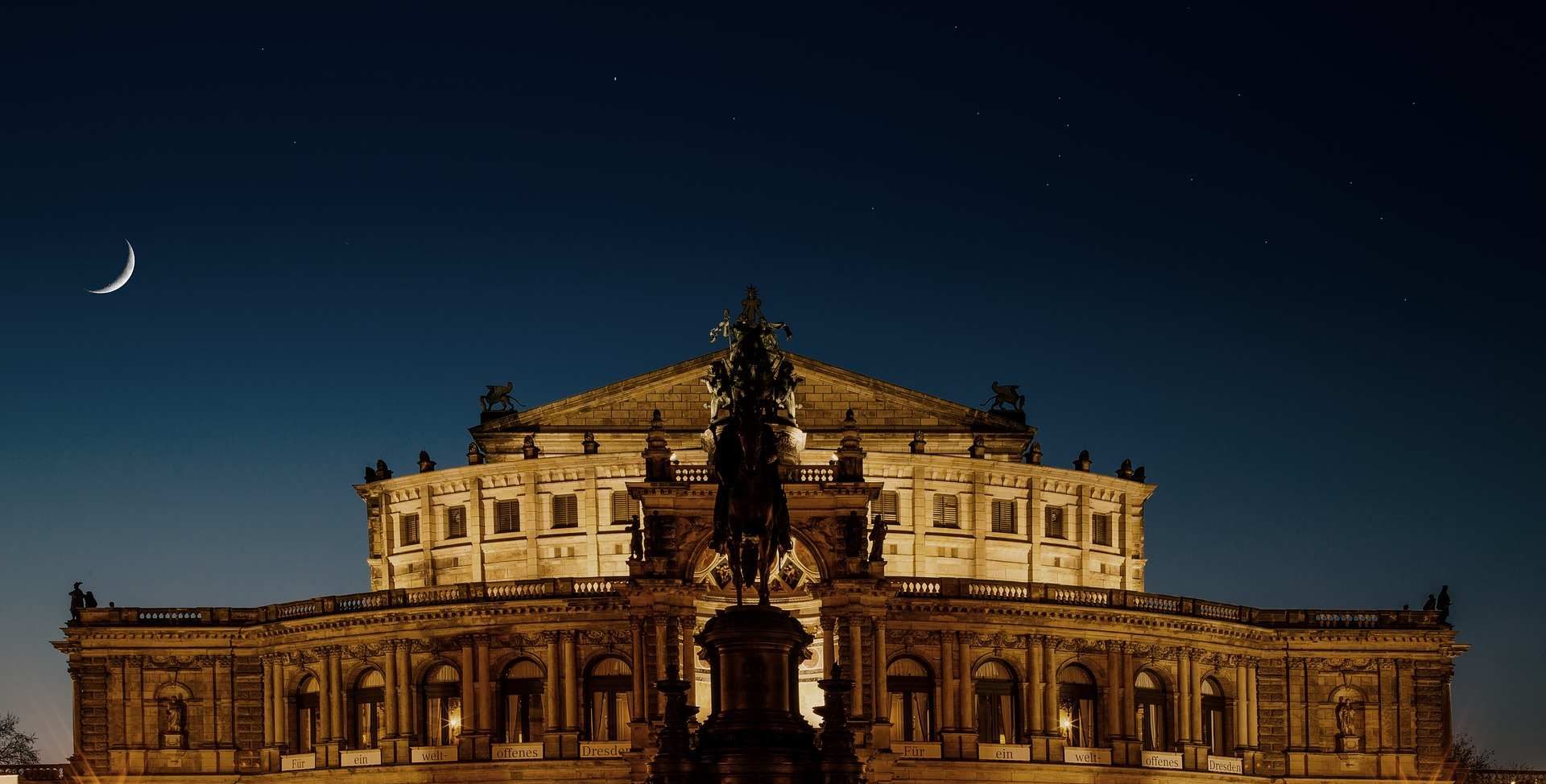
Semperoper:
The Saxon State Opera is famous throughout the world for the unique architectural style created by the architect Gottfried Semper. The key topics are the compositions of Richard Wagner and Richard Strauss.
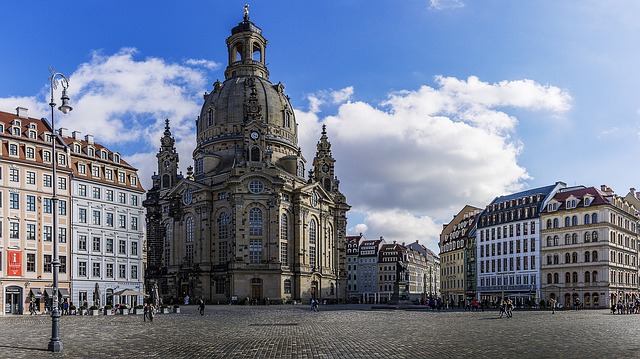
Frauenkirche:
The Dresden Frauenkirche (German: Dresdner Frauenkirche, IPA: [ˈfʁaʊənˌkɪʁçə], Church of Our Lady) is a Lutheran church in Dresden, the capital of the German state of Saxony. An earlier church building was Catholic until it became Protestant during the Reformation. The old church was replaced in the 18th century by a larger Baroque Lutheran building. It is considered an outstanding example of Protestant sacred architecture, featuring one of the largest domes in Europe. It was originally built as a sign of the will of the citizens of Dresden to remain Protestant after their ruler had converted to Catholicism. It now also serves as a symbol of reconciliation between former warring enemies. Built in the 18th century, the church was destroyed in the bombing of Dresden during World War II. The remaining ruins were left for 50 years as a war memorial, following decisions of local East German leaders. The church was rebuilt after the reunification of Germany, starting in 1994. The reconstruction of its exterior was completed in 2004, and the interior in 2005. The church was reconsecrated on 30 October 2005 with festive services lasting through the Protestant observance of Reformation Day on 31 October. The surrounding Neumarkt square with its many valuable baroque buildings was also reconstructed in 2004.
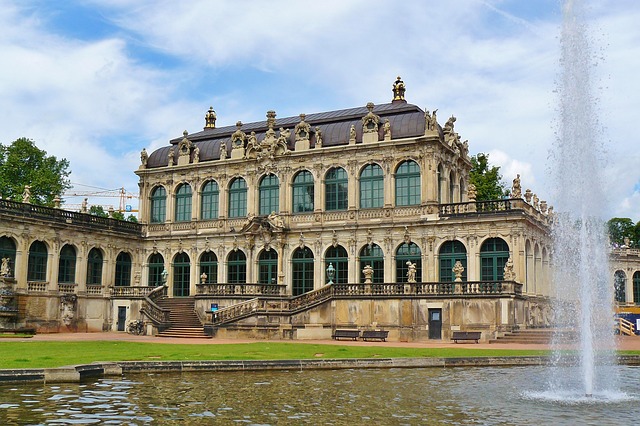
Zwinger:
The Zwinger (German: Dresdner Zwinger, IPA: [ˈdʁeːzdnɐ ˈt͡svɪŋɐ]) is a palatial complex with gardens in Dresden, Germany. Designed by architect Matthäus Daniel Pöppelmann, it is one of the most important buildings of the Baroque period in Germany. Along with the Frauenkirche, the Zwinger is the most famous architectural monument of Dresden. The name "Zwinger" goes back to the name used in the Middle Ages for a fortress part between the outer and inner fortress walls, even though the Zwinger no longer had a function corresponding to the name at the start of construction. The Zwinger was built in 1709 as an orangery and garden as well as a representative festival area. Its richly decorated pavilions and the galleries lined with balustrades, figures and vases testify to the splendor during the reign of Augustus the Strong, Elector of Saxony and elected King of Poland. In the original conception of the elector, the Zwinger was the forecourt of a new castle provided that the place should take up to the Elbe; therefore, the Zwinger remained undeveloped on the Elbe side (provisionally closed with a wall). The plans for a new castle were abandoned after the death of Augustus the Strong, and with the departure from the Baroque period, the Zwinger initially lost importance. It was only over a century later that the architect Gottfried Semper completed it with the Semper Gallery towards the Elbe.
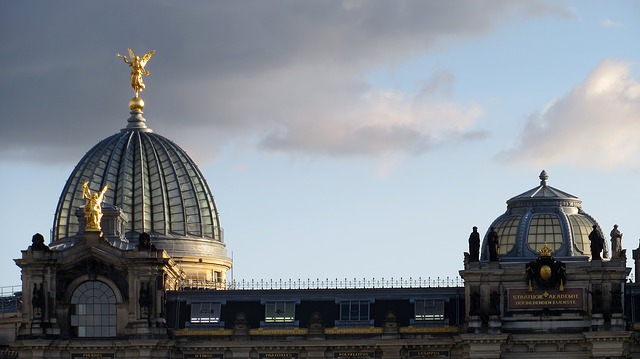
Albertinum:
The Albertinum was built between 1884 and 1887 by extending a former armoury, or arsenal, that had been constructed between 1559 and 1563 at the same location.[1] The new building was designed by the regional master builder Carl Adolf Canzler in the Renaissance Revival style to house the royal "Collection of Antique and Modern Sculptures".[1] The building was named after the Saxonian King Albert who reigned at the time. In 1889, the Sculpture Collection was moved in and has since remained there. Damaged in the February 13, 1945 bombing of Dresden in World War II, the Albertinum was restored by 1953.[1] Besides the Sculpture Collection, the Albertinum has housed the New Masters Gallery (Galerie Neue Meister) in the upper rooms since 1965. It was also the temporary postwar home of the Numismatic Cabinet (Münzkabinett) and the Green Vault (Grünes Gewölbe) until the exhibitions were moved to the rebuilt Dresden Castle in 2002 and 2004, respectively. The Albertinum was built between 1884 and 1887 by extending a former armoury, or arsenal, that had been constructed between 1559 and 1563 at the same location.[1] The new building was designed by the regional master builder Carl Adolf Canzler in the Renaissance Revival style to house the royal "Collection of Antique and Modern Sculptures".[1] The building was named after the Saxonian King Albert who reigned at the time. In 1889, the Sculpture Collection was moved in and has since remained there. Damaged in the February 13, 1945 bombing of Dresden in World War II, the Albertinum was restored by 1953.[1] Besides the Sculpture Collection, the Albertinum has housed the New Masters Gallery (Galerie Neue Meister) in the upper rooms since 1965. It was also the temporary postwar home of the Numismatic Cabinet (Münzkabinett) and the Green Vault (Grünes Gewölbe) until the exhibitions were moved to the rebuilt Dresden Castle in 2002 and 2004, respectively.
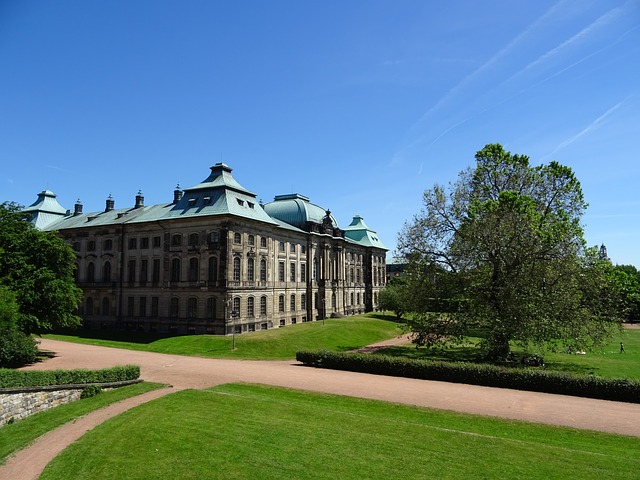
Japanische Palais:
Built in 1715, it was extended from 1729 until 1731 to house the Japanese porcelain collection of King Augustus the Strong that is now part of the Dresden Porcelain Collection. However, it was never used for this purpose, and instead served as a library. The palace is a work of architects Pöppelmann, Longuelune and de Bodt. The Japanisches Palais was damaged during the allied bombing raids on 13 February 1945, but was restored in the 1950s and 1960s. The final restoration work continued until 1987. Today, it houses three museums: the Museum of Ethnology Dresden, the State Museum for Pre-History (Landesmuseum für Vorgeschichte) and the Senckenberg Naturhistorische Sammlungen Dresden.
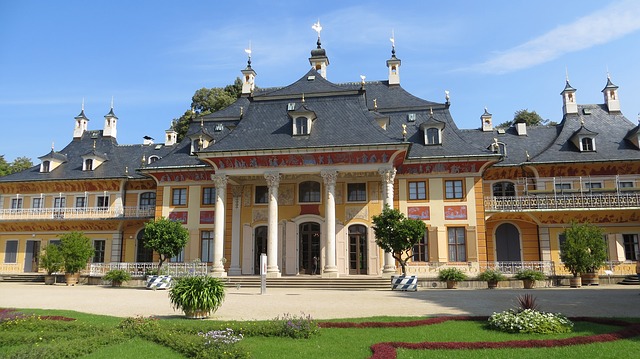
Schloss Pillnitz:
Pillnitz Castle (German: Schloss Pillnitz) is a restored Baroque palace at the eastern end of the city of Dresden in the German state of Saxony. It is located on the bank of the River Elbe in the former village of Pillnitz. Pillnitz Castle was the summer residence of many electors and kings of Saxony; it is also known for the Declaration of Pillnitz in 1791. The Pillnitz Castle complex consists of three main buildings, the Riverside Palace (Wasserpalais) on the riverfront; the Upper Palace (Bergpalais) on the hillside, both Baroque with Chinoiserie elements; and the later Neoclassical New Palace (Neues Palais), which links them together on the east side. The buildings enclose a Baroque garden and are surrounded by a large public park. Today, the palace houses the Arts and Crafts Museum (Kunstgewerbemuseum) of the Dresden State Art Collections and a Palace Museum (Schlossmuseum).
Staatsoperette:
The State Operetta has arrived in Dresden’s new middle – since December 2016 the ensemble performs in the centre of town. Here, on the site of the old Kraftwerk Mitte, a theatre complex was built which combined the industry buildings which are protected as historical landmarks with modern, functional buildings. The central location in the inner city, the attractive venue and the versatile programme magically attracts the visitors since opening day.
Comödie Dresden:
The largest private theater in Saxony – as the name already suggests – is committed to the topic of humor. Stars from the German comedy scene give their appearance here, as well as promising newcomers from Dresden. You can find the schedule of the current season under: www.comoedie-dresden.de
Die Herkuleskeule:
The cabaret theater “Die Herkuleskeule” was established about 50 years ago, and has proven something very important: humor can even exist in the shadow of the wall, and edit holds the power to bond the East and West in a much stronger manner than can be accomplished through politics. With its programs, the Hercules Club is one of the best cabaret ensembles in Germany. Tickets and schedule: www.herkuleskeule.de

